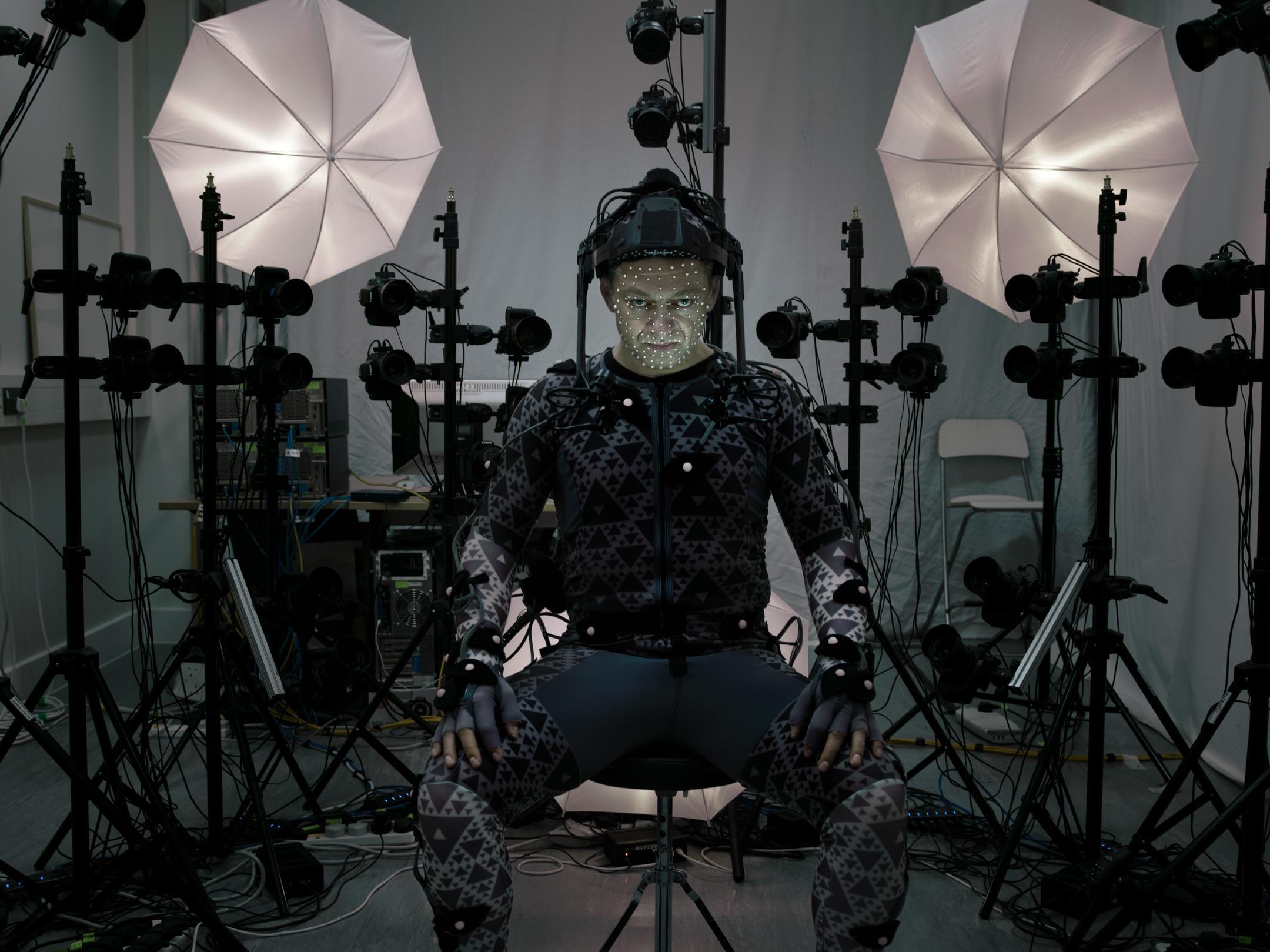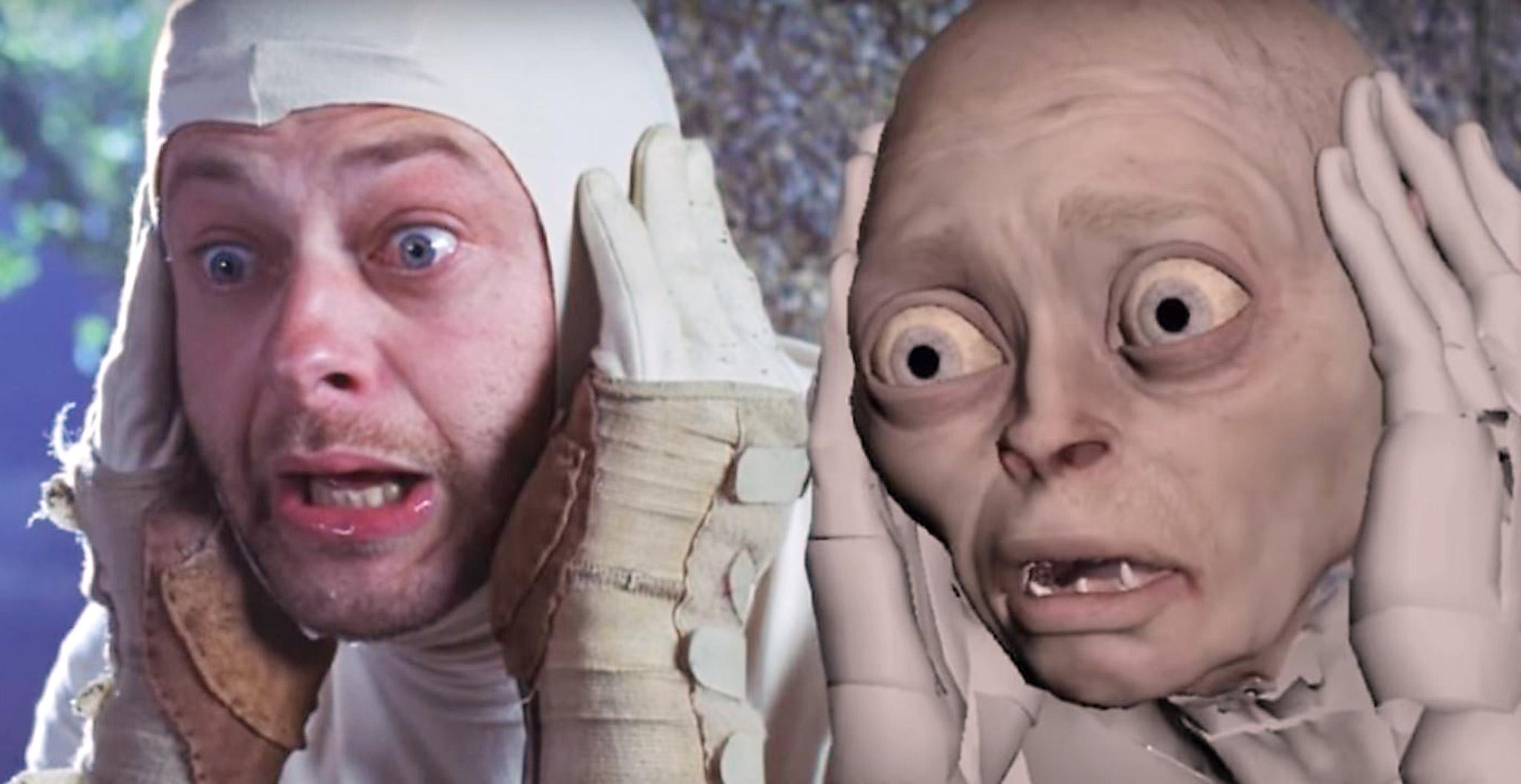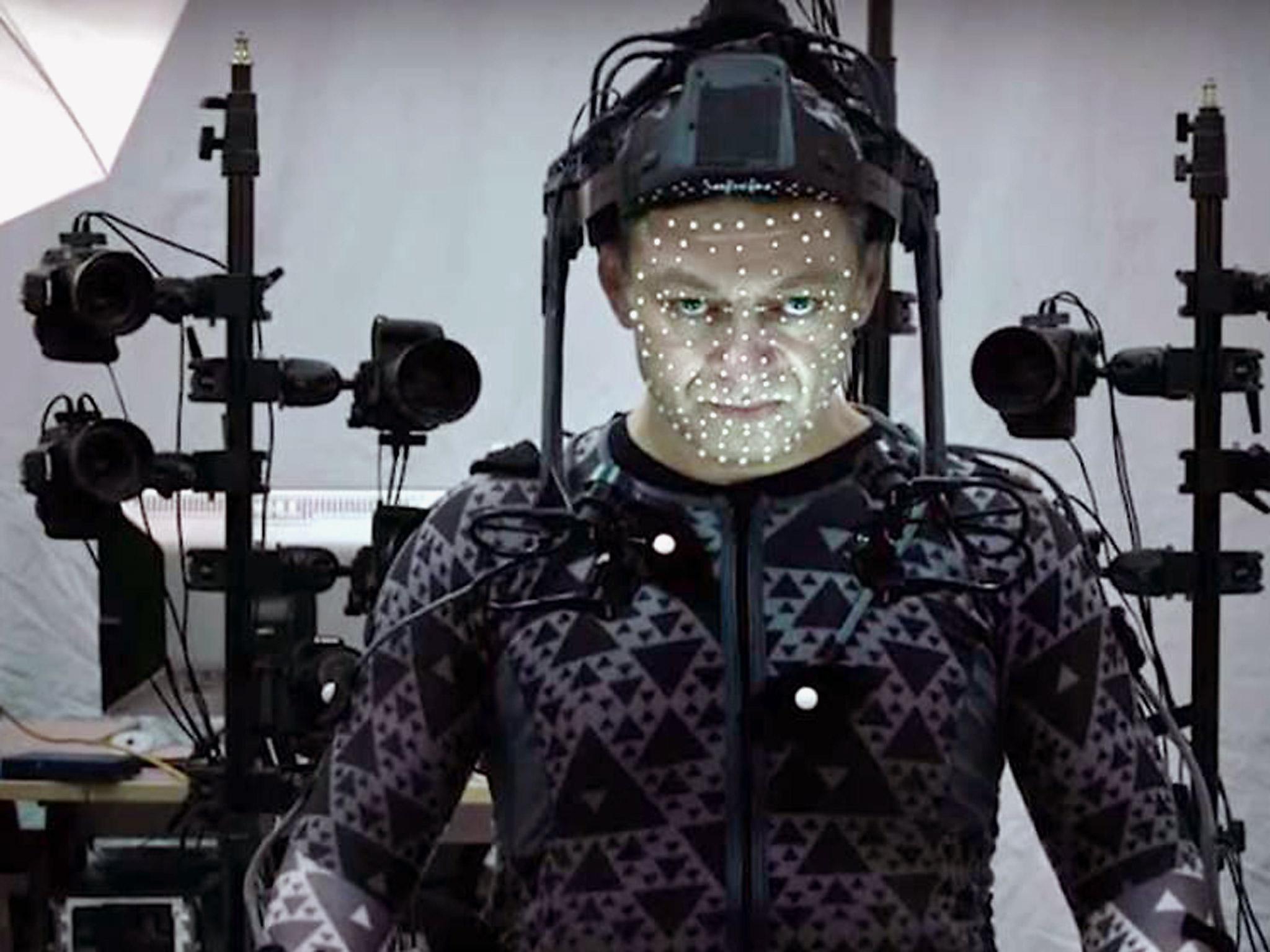Why motion capture performances deserve an Oscar: It’s not just special effects
It's time that Velcro and Lycra wearing MoCap actors, such as Andy Serkis, who plays Caesar in the ‘Planet of the Apes’ franchise, get nominated in the Best Actor categories

Your support helps us to tell the story
From reproductive rights to climate change to Big Tech, The Independent is on the ground when the story is developing. Whether it's investigating the financials of Elon Musk's pro-Trump PAC or producing our latest documentary, 'The A Word', which shines a light on the American women fighting for reproductive rights, we know how important it is to parse out the facts from the messaging.
At such a critical moment in US history, we need reporters on the ground. Your donation allows us to keep sending journalists to speak to both sides of the story.
The Independent is trusted by Americans across the entire political spectrum. And unlike many other quality news outlets, we choose not to lock Americans out of our reporting and analysis with paywalls. We believe quality journalism should be available to everyone, paid for by those who can afford it.
Your support makes all the difference.Andy Serkis, one of the greatest actors of our generation, has called for motion-captured performances to finally be eligible for a nomination at the Academy Awards.
Many will be unaware that movies using significant motion-captured performances are currently deemed ineligible for Best Animated Feature nominations. Furthermore, motion-captured roles in both animated and more “traditional” features have never been nominated in Best Actor categories.
In broad terms, motion capture (or MoCap) is a method of capturing the movement of objects or people in physical space. Actors wear Lycra and Velcro suits with markers and cameras mounted on their faces to help computers track their movements. This is then translated to the screen to create realistic characters that mimic human expressions and gestures

It’s often used as a tool to analyse movement in the health sciences, but has recently become more commonly used in the film and gaming industries.
Andy Serkis’ role as Caesar in the revised Planet of the Apes series is acclaimed as one of the most notable performances on screen in recent years.
Yet Serkis and others committed to advancing the practice of motion-captured performance are continuously snubbed by their peers, with this work often regarded as nothing more than “special effect”.
In 2012, online magazine Wired voted Serkis “King of MoCap” for his revised performances as Gollum in The Hobbit trilogy (2012-14). In the article, Serkis observed: “The acting community has worries about motion capture because they believe it’s some form of replacement for performance when in fact, it’s the opposite … motion capture is a tool that allows actors to transform themselves into many different characters. You’re not confined by physicality. You can play anything.
You would think this transformative work would be universally and critically applauded, but unfortunately this is not the case. And Serkis is of course not alone acting in features that rely heavily on motion capture.
Notable actors such as Jeff Bridges, Willem Dafoe, Ellen Paige, Brad Pitt and Kevin Spacey are among those blurring the boundaries between performance on screen and in the MoCap studio.

Watch Apple TV+ free for 7 days
New subscribers only. £8.99/mo. after free trial. Plan auto-renews until cancelled

Watch Apple TV+ free for 7 days
New subscribers only. £8.99/mo. after free trial. Plan auto-renews until cancelled
Yet no motion-captured performance has ever been nominated for an Academy Award. Avatar (2009) was nominated for nine Academy Awards, but none of them were for acting. Nearly 50 per cent of the film was made using motion capture (as will the next series of Cameron’s Avatar films).
The earliest forms of MoCap existed long before the digital and can be attributed to two photographic pioneers: Eadweard Muybridge and Etienne-Jules Marey.
Muybridge captured the first surviving optic/mechanic record of captured movement by setting up a dozen cameras in an array taking sequential photos triggered by the movement of a horse’s feet.
This image was generated as a commission to settle a bet over whether a horse in a canter had all four feet off the ground at any one time.
In 1882 Jules Marey met Muybridge in Paris and was inspired to invent a camera with a timed shutter, enabling him to capture multiple images onto a plate.
Marey used his recording device in conjunction with a special suit that allowed him to plot human movement, setting the scene for contemporary motion capture.
The mode of performance central to MoCap technology is called performance capture. The term is used to describe the total recording of a motion-capture performance without cuts. While at first glance this seems like a relatively simple concept, it is inherently complex.
This form of acting is ultimately theatrical at its core; it allows an entire performance to be captured in one take. In a sense, this returns the methods of filmmaking to the stage.
Performing in a MoCap environment relies on the ability of the actor to create a character using imagination and movement. While this may not seem extraordinary, the environments their performances will finally be placed within are not available to the actors while they are generating these characterisations.
Performing in this way is without question a unique craft, and in many ways the truest example of an actor’s ability to make the characters they control seem authentic.
This is why some of our greatest classically trained actors are drawn to, and excel in, the Motion Capture studio.

Anyone who has seen the behind-the-scenes footage of Benedict Cumberbatch bringing Smaug the dragon to life in The Hobbit trilogy will attest to the extraordinary power of this mode of capturing performance – it is more than special effects, and demands the accolades of critical awards.
I’m not suggesting there need to be separate categories for motion-captured performances, and I don’t believe Serkis is either.
But I do hope that Serkis’ call to arms to finally have this mode of performance recognised by the Academy Awards will finally be heard once and for all.
This article was first published on The Conversation (theconversation.com). Matt Delbridge is head of theatre at the Victorian College of the Arts, University of Melbourne
Join our commenting forum
Join thought-provoking conversations, follow other Independent readers and see their replies
Comments